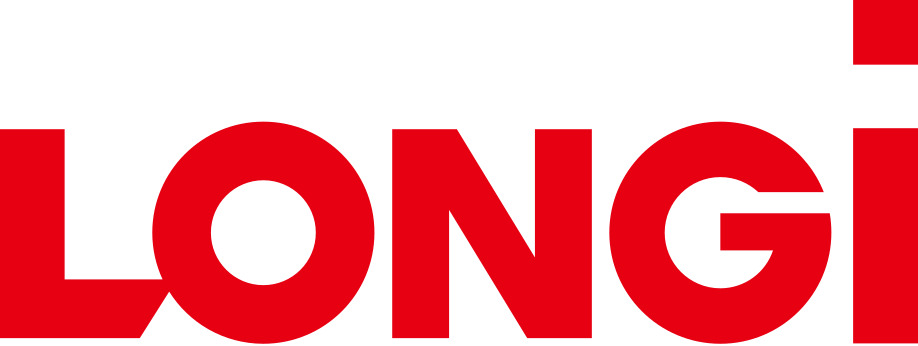Featured Products
Companies listed in trending industries Get your company listed
Featured Sellers
Recommended by Inxeption
Sign up for Inxeption emails
Be the first to receive product updates, Inxeption news and general industry information.
Opt-out of Marketing Campaigns
At Inxeption, we believe in giving you the power to control your email preferences. We understand that your inbox can get cluttered, and we want to make sure you only receive emails that matter to you.
Once you click "Opt-Out," we will respect your choice and ensure you no longer receive emails from this specific source. This helps us improve our communication with you.
We value your privacy, and we want to be transparent about our data practices. For more information, please review our Privacy Policy and Terms & Conditions.
Sign up for Inxeption emails
Be the first to receive product updates, Inxeption news and general industry information.
Opt-out of Marketing Campaigns
At Inxeption, we believe in giving you the power to control your email preferences. We understand that your inbox can get cluttered, and we want to make sure you only receive emails that matter to you.
Once you click "Opt-Out," we will respect your choice and ensure you no longer receive emails from this specific source. This helps us improve our communication with you.
We value your privacy, and we want to be transparent about our data practices. For more information, please review our Privacy Policy and Terms & Conditions.







































